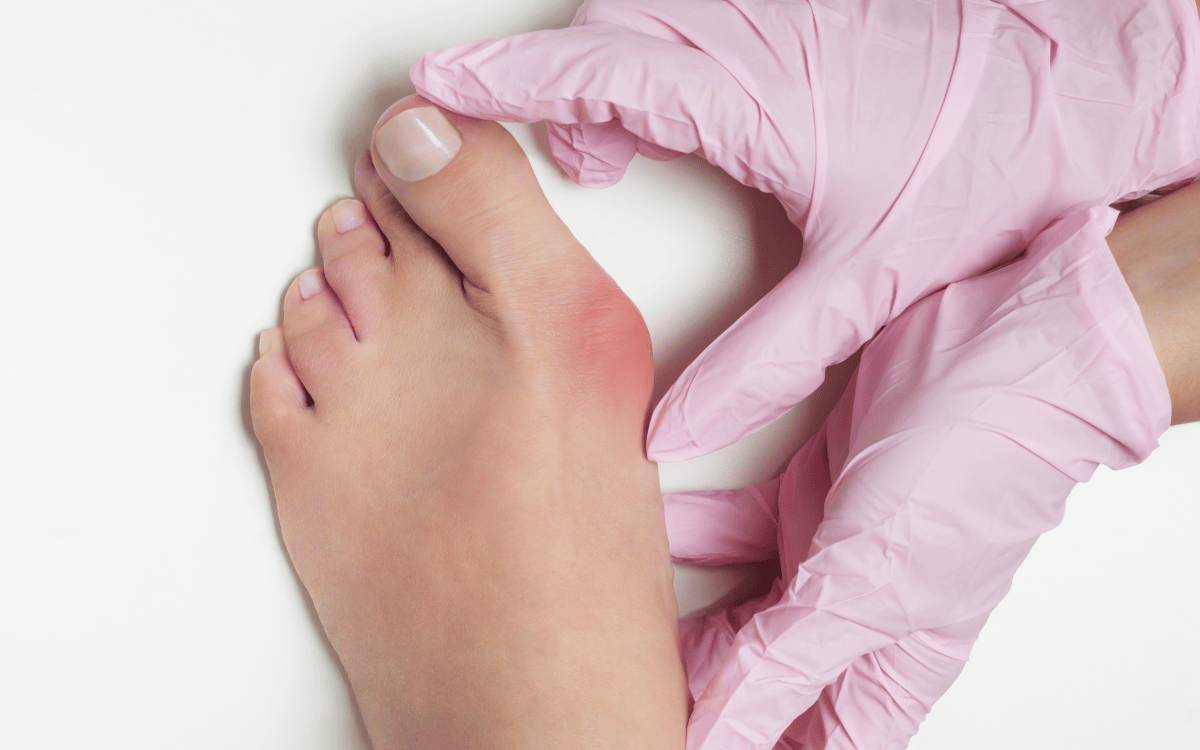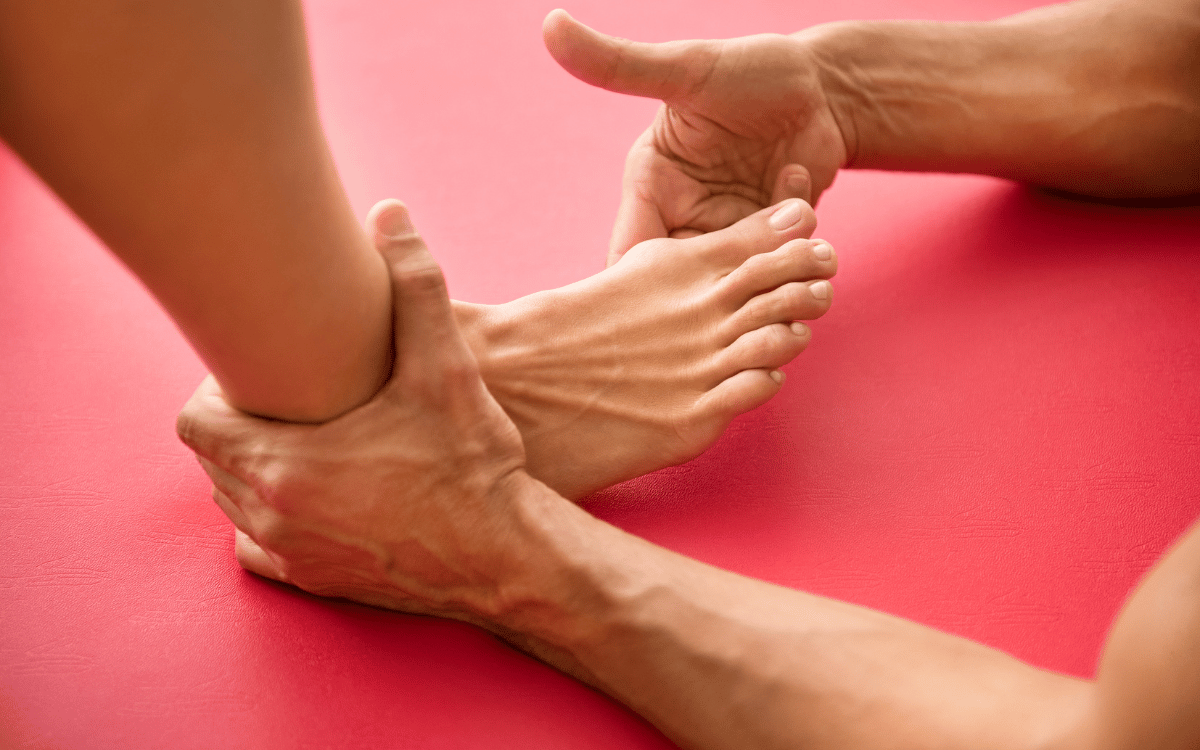Comprehensive Guide to Osteoarthritis and Foot Pain
Osteoarthritis is a degenerative joint disease that can significantly impact mobility and quality of life. Understanding its effects on the feet, particularly the big toe and ankle joints, is crucial for effective management and treatment.
Patients often experience pain, stiffness, and swelling in the affected joints, which can hinder daily activities. Early intervention through proper diagnosis and tailored treatment plans can alleviate symptoms and improve functionality, allowing individuals to maintain an active lifestyle.
Understanding the Symptoms of Osteoarthritis in the Feet
Recognizing the symptoms of osteoarthritis in your feet is essential for timely treatment. Common indicators include persistent pain, swelling, and difficulty in movement, particularly in the big toe and ankle joints.
Patients may also notice a reduced range of motion and increased discomfort during physical activities. These symptoms can vary in intensity, and understanding them can help individuals seek appropriate medical advice sooner, leading to better outcomes.
Effective Treatment Options for Foot Pain Related to Osteoarthritis
There are several effective treatment options available for managing foot pain caused by osteoarthritis. These may include physical therapy, medication, and lifestyle modifications aimed at reducing strain on the affected joints.
In more severe cases, surgical interventions such as joint replacement or arthroscopy may be considered. Consulting with a podiatrist can help patients explore the best treatment options tailored to their specific needs and conditions.
Preventive Measures to Reduce Foot Pain from Osteoarthritis
Preventive measures play a vital role in managing foot pain associated with osteoarthritis. Maintaining a healthy weight, engaging in low-impact exercises, and wearing supportive footwear can significantly reduce stress on the joints.
Incorporating stretching and strengthening exercises into your routine can also enhance joint stability and flexibility, helping to prevent further deterioration. Regular check-ups with a podiatrist can provide personalized advice and strategies to manage symptoms effectively.



